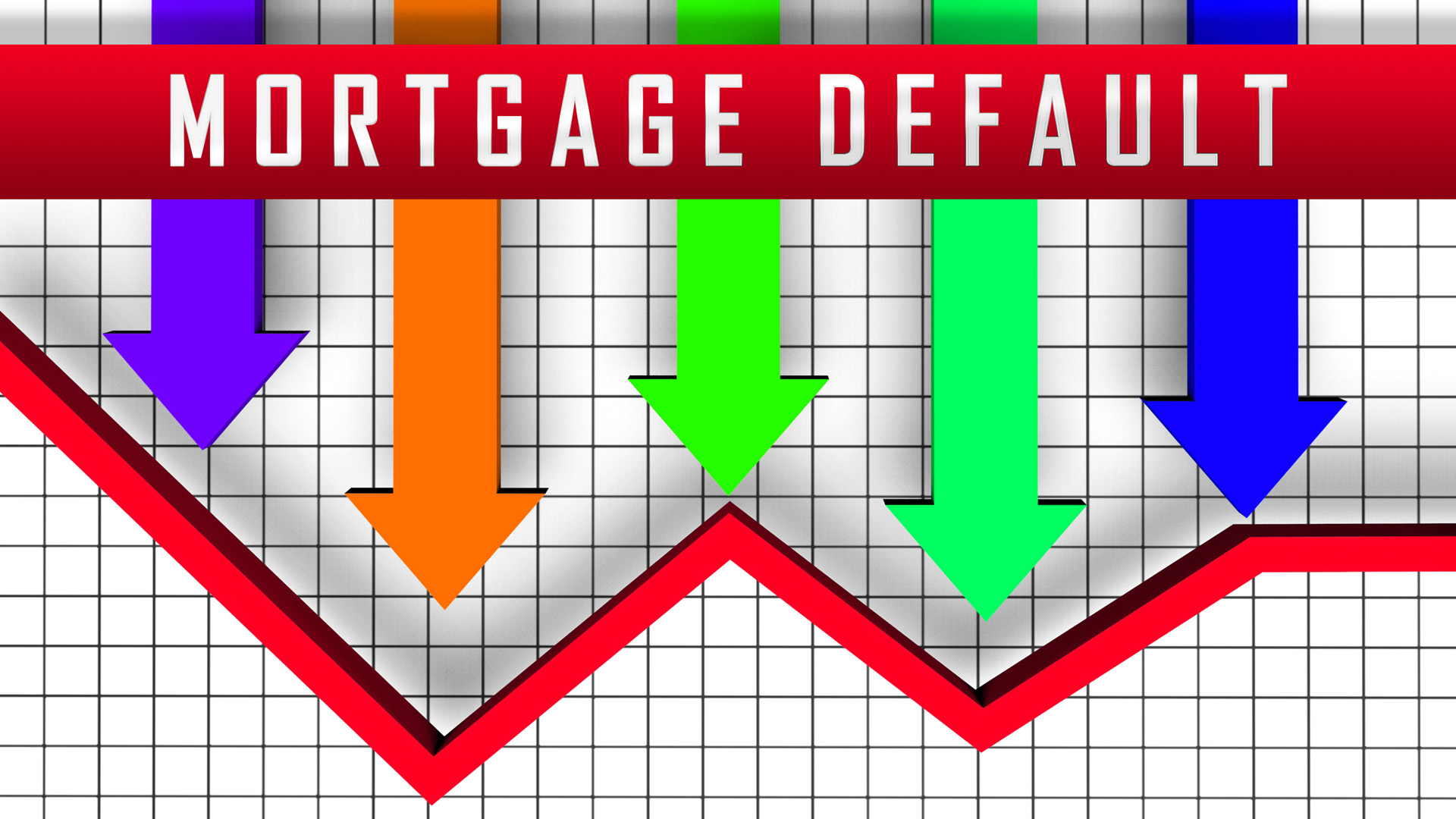

households becoming increasingly indebted.

These changes were part of a broader trend of lowered lending standards and higher-risk mortgage products, which contributed to U.S. Investors, even those with prime credit ratings, were much more likely to default than non-investors when prices fell. those owning homes other than primary residences) rising significantly from around 20% in 2000 to around 35% in 2006–2007. Housing speculation also increased, with the share of mortgage originations to investors (i.e. A high percentage of these subprime mortgages, over 90% in 2006 for example, had an interest rate that increased over time. The percentage of lower-quality subprime mortgages originated during a given year rose from the historical 8% or lower range to approximately 20% from 2004 to 2006, with much higher ratios in some parts of the U.S. Two proximate causes were the rise in subprime lending and the increase in housing speculation. There were many causes of the crisis, with commentators assigning different levels of blame to financial institutions, regulators, credit agencies, government housing policies, and consumers, among others. While elements of the crisis first became more visible during 2007, several major financial institutions collapsed in September 2008, with significant disruption in the flow of credit to businesses and consumers and the onset of a severe global recession. better returns) than government securities, along with attractive risk ratings from rating agencies. The housing bubble preceding the crisis was financed with mortgage-backed securities (MBSes) and collateralized debt obligations (CDOs), which initially offered higher interest rates (i.e. Spending reductions were more significant in areas with a combination of high household debt and larger housing price declines. Declines in residential investment preceded the Great Recession and were followed by reductions in household spending and then business investment. It was triggered by a large decline in US home prices after the collapse of a housing bubble, leading to mortgage delinquencies, foreclosures, and the devaluation of housing-related securities.
#Subprime mortgage defaults by demographics series#
government intervened with a series of measures to stabilize the financial system, including the Troubled Asset Relief Program (TARP) and the American Recovery and Reinvestment Act (ARRA). The crisis led to a severe economic recession, with millions of people losing their jobs and many businesses going bankrupt. The United States subprime mortgage crisis was a multinational financial crisis that occurred between 20 that contributed to the 2007–2008 global financial crisis.


 0 kommentar(er)
0 kommentar(er)
